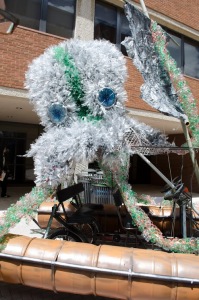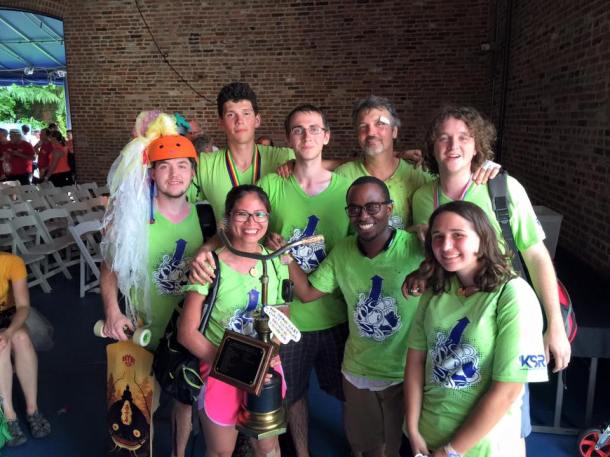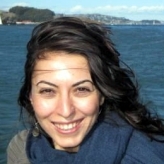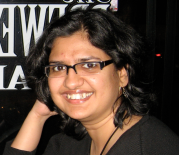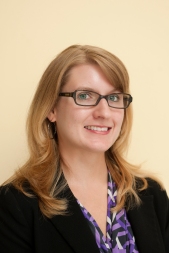Steven McAlpine is assistant director of Interdisciplinary Studies at UMBC.
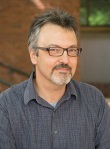 On Sunday June 14th 2015 (the “hottest day in Baltimore’s Kinetic history,” according to the Baltimore kinetic web site), the UMBC Kinetic Sculpture Racing (KSR) team completed a challenging fifteen mile race through Baltimore with their entry, the Kraken Upcycle. The course included a plunge into the harbor by the Canton waterfront, a mud pit, and a sand trap. Although the Upcycle experienced a mechanical failure (a chain fell off and jammed between two chain rings during the sand portion of the race) and finished somewhere in the middle of the pack of thirty entries, we were ranked first overall and were awarded the coveted “Grand Mediocre East Coast Championship” trophy, which qualifies the Kraken Upcycle to enter the national competition in Humboldt, California in 2016.
On Sunday June 14th 2015 (the “hottest day in Baltimore’s Kinetic history,” according to the Baltimore kinetic web site), the UMBC Kinetic Sculpture Racing (KSR) team completed a challenging fifteen mile race through Baltimore with their entry, the Kraken Upcycle. The course included a plunge into the harbor by the Canton waterfront, a mud pit, and a sand trap. Although the Upcycle experienced a mechanical failure (a chain fell off and jammed between two chain rings during the sand portion of the race) and finished somewhere in the middle of the pack of thirty entries, we were ranked first overall and were awarded the coveted “Grand Mediocre East Coast Championship” trophy, which qualifies the Kraken Upcycle to enter the national competition in Humboldt, California in 2016.
So we weren’t the fastest human powered sculpture – we were not first across the finish line. And we had to jettison one of our four “pilots” after one sprocket failed (one of our gallant pit crew gave the pilot his bicycle and ran the rest of the race). So… what did we actually “win”?
Here is how the Baltimore Kinetic Sculpture Race web site defines the Grand Mediocre award: “The award is determined by Mysterious Mathematical Means which include a point scoring system based on artistic merit, engineering prowess, and blinding speed of the Sculpture. The Sculpture with the highest average score in art, engineering, and speed is the Grand Champion.”
Before we post a home page UMBC banner proclaiming that “We’re Mediocre!” it is important to note that the Oxford dictionary defines “mediocre” as “Of only moderate quality; not very good: a mediocre actor.” However, the last sentence of the Baltimore Kinetic description equates “mediocre” with “average” in the sense that winning is not about only the fastest speed, or only flawless engineering, or only the most beautiful work of art. Winning the award is about balancing (averaging) the work of artists, engineers, and athletes. Winning is about collaboration between different (and sometimes conflicting) perspectives.
There is a profound lesson for me here in the value of interdisciplinary applied learning experiences such as the kinetic sculpture project. In order to research, design, and build a kinetic sculpture, undergraduates who had typically grappled with problems in teams with other students in the same discipline or field had to consider insights from domains of expertise such as Mechanical Engineering, Visual Art, Geography and Environmental Systems, Media and Communication Studies, Mathematics, and concentrations within Interdisciplinary Studies such as “Afterschool Education through the Performing Arts” and “Sustainable Design.”
As KSR team member Stephen Moore (a Fulbright scholar and double major in Computer Engineering and Mathematics) described the process, “Every time we engineers get stuck on something, one of the art students comes in and says, ‘Oh we should design it like this.’ It’s a whole new perspective on how to solve the problem and it’s been amazing.” Stephen’s comment highlights the fact that there was never one “right” answer in our development process, nor was there one dominant point of view or discipline. For this reason, our design and build process needed to be flexible and at times improvisational.
In a recent post on the American Democracy Project web site, my UMBC colleague David Hoffman observed that “Improvisation is the essence of democracy. Participants in shared work to solve problems and build community – including students – should have the opportunity to imagine and grow together, and to choose or make paths not visible at the outset.” He calls this quality of civic learning “organic.” To build on his description metaphorically, what we did in the Kinetic Sculpture Project was to create our own “ecosystem” of expertise – including community partners such as Arbutus Middle School’s kinetic sculpture team, the Baltimore Foundery, Bouchat Industries, and UMBC Racing. Ecosystems “win” by achieving balance rather than dominance; in fact dominant influences such as an invasive species usually are detrimental to the system.
As in healthy ecosystems, an organic learning process is resilient and adaptive. For example, the Kraken Upcycle was the fifth design that students developed; previous designs included a bicycle powered boat made out of bamboo; a boat constructed of 1500 plastic bottles; a floating trash heap, and a submarine. When our consulting engineer, Mike Guarraia (a STEM educator at Arbutus Middle School) critiqued an early design – predicting that under the weight of the sculpture and flotation, our bicycle wheels would warp (or “taco” as he called it) on the first turn – the team had to go back to the drawing board, ultimately coming up with a more stable mechanical base (the quadricycle) and a more potent symbol of the problem of plastics accumulating in the oceans – the new monster of the seas or “Kraken.”
As new ideas emerged, team members showed a remarkable ability to let go of cherished ideas of their own regarding the “winning” design as they realized that their ideas became raw material for the next iteration (or as William McDonough observed about ecosystems in his book Cradle to Cradle, “waste equals food”).
On race day amid thirty teams and cheering spectators in downtown Baltimore, the team had to persist despite the heat over a distance that we had never before attempted with the Upcycle, had to improvise a strategy to deal with a mechanical breakdown, and had to describe the meaning of the Kraken and the importance of upcycling to race judges. The team had to work well together, which meant clearly communicating what was needed in any given moment (drinking water, for example), being flexible about our overall strategy, and maintaining excitement and motivation over the course of the day-long race.
Looking back over nine months of effort by the team, four themes emerged that contributed to the success of the project: embracing the expertise of the local community, respecting the unique perspectives and ideas of team members, making surprising connections between environmental research and artistic design, and solving unexpected problems in innovative ways. Over two semesters of collaboration, the KSR Team won (in the sense of “earned”) a sense of agency to respond to social and environmental problems in innovative, integrative, practical ways that required hands on work and face to face conversations. The team demonstrated a quality that David Hoffman calls “generative” in which a partnership can “… leverage even more powerful possibilities for collective action.” The ability as a group to exchange ideas and to distill those ideas into a meaningful symbol that communicates to a wider audience – this is a powerful way for students to become agents of change.
Contact the author, Steven McAlpine, at mcalpine@umbc.edu.

